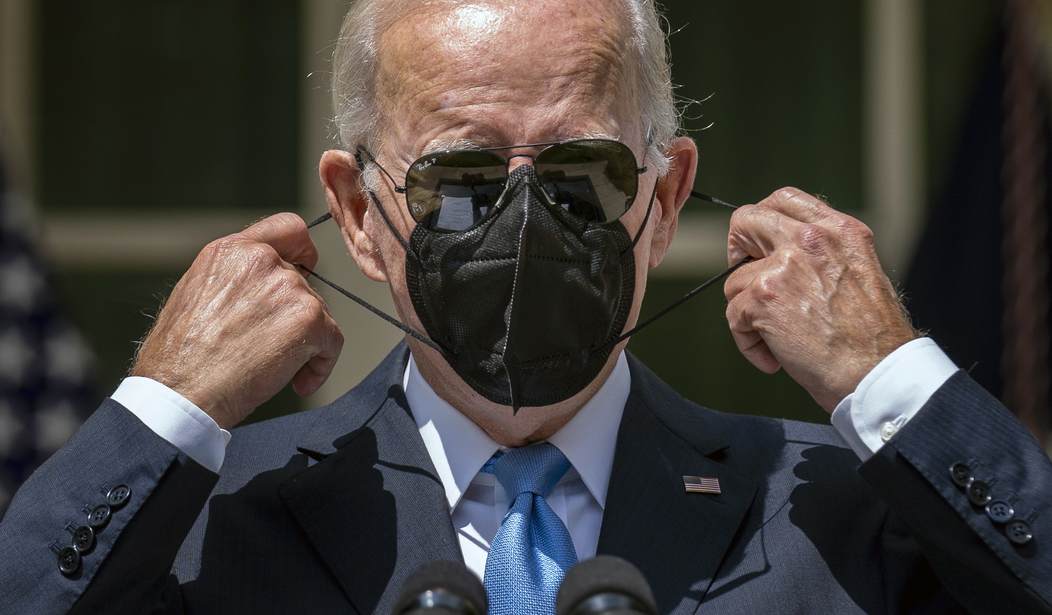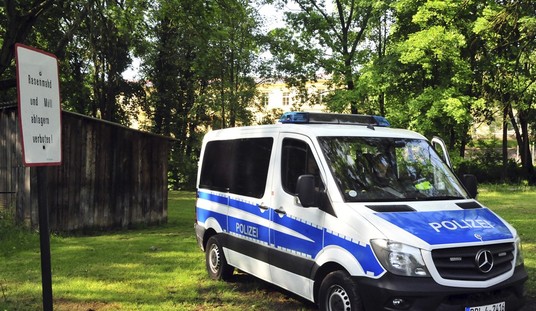Remember when lockdowns were justified by the stupid argument that they are worth it if they save “just one life?”
Yeah, well. The consequences of the lockdown will, in the end, be the early deaths of millions of people, perhaps eclipsing those who died from COVID itself.
If you have been following the story of excess deaths around the world–I have written about the story a few times–you will know that the West is suffering from a dramatic increase in the rate of deaths. Most of those excess deaths are not due to COVID, nor are they COVID-related.
“Excess deaths” are the number of people who died compared to what would be expected given long-term trends. During the pandemic, the number of excess deaths was quite high, for obvious reasons: lots of people died from COVID-related illness. These deaths were highly concentrated in vulnerable populations, and while in the US COVID deaths were surely overcounted because substantial financial interests (bonus payments from the government) led people to do so. One famous case was a doctor classifying a person who died in a motorcycle accident as a COVID death because when he was tested after death he showed COVID antibodies.
Still, however much the numbers were inflated, it is undeniable that many many people died from the disease or secondary infections. That explains the excess deaths during the first wave of the pandemic.
But the excess deaths didn’t wane–they increased in some cases, and attributing the deaths to COVID became impossible. Other things were causing the deaths, and there is no consensus on what is causing them. Lots of people attribute the deaths to the vaccine, but even this is no easy explanation because Sweden has not suffered a dramatic increase in excess deaths, and that country is well vaccinated. Even if the vaccine contributed to the increase, it clearly isn’t the sole cause.
The likely answer? The lockdowns themselves caused massive secondary effects. Increases in mental illness, obesity, severe depression, loneliness, and perhaps most of all, deferred care.
Evidence for the last cause is clear: people are coming to the hospital much sicker than before COVID, with diseases much farther along than in the past. And the healthcare systems themselves are stretched, due to a mass exodus from the healthcare industry. Most people don’t realize this, but hospitals basically shut down during COVID and laid off massive numbers of caregivers, many of whom have not returned to the profession. If you go back to news stories in 2020, you can read all about the layoffs as hospitals quit doing anything but emergency care and COVID.
The other shoe is starting to drop quickly now. Remember "If it only saves one life!"? 🤬
The Moral were true monsters.https://t.co/4fvbzEcqW5
— Theo Jordan (@Theo_TJ_Jordan) May 25, 2023
If you go to an emergency room these days, even in suburban hospitals where emergency care was pretty good, the wait times are astronomical. These are not trauma centers or anything fancy. I went in with chest pains a few months ago, and have a history of severe heart disease. 5 years ago I would have been seen immediately. This time it took 8 hours.
I asked about the delay and the Dr. said “Staffing,” not COVID. They hadn’t seen a COVID patient in months.
That day I saw a woman who was having a stroke, watching her face visibly droop during the wait. She should have been seen right away, but there was nobody to see her.
A local New Jersey paper did a story about the hospital in his area, and the results tell a story.
New Jersey hospitals saw a significant jump in the number of more severely ill patients coming through their doors in 2022, most likely a byproduct of avoiding doctor’s offices, outpatient clinics and hospitals during the COVID-19 pandemic, according to a report released Wednesday.
Data collected by the New Jersey Hospitals Association shows a 21% increase between 2019 and 2022 in patients with illnesses classified as “major or extreme.” That amounts to almost 42% of all non-COVID-related patients seen last year in the state’s 70 hospitals.
“That’s a real worry for the health of our population, and an added burden for hospitals and their care teams in the midst of a severe workforce shortage,” said Cathy Bennett, CEO of the association.
The government and public health officials scared people away from hospitals and doctors, and the result is that disease that would have been treated early never was. People got sicker. Much sicker.
Excess deaths are running about 15% above baseline, which translates into whole lotta death, and that number will keep on for quite a long time.
Since these deaths are from diseases other than COVID they don’t get counted and aggregated in the way that COVID deaths were. There is no “Due to COVID lockdown” box on their death certificates, but the COVID lockdowns indeed did kill them. A heart attack, stroke, or preventable death from cancer is no less tragic than one from COVID, but it IS less noticeable, and hence is dismissed.
“Look at the COVID deaths” also means “ignore all these deaths that our decisions caused.”
My own health system still has many urgent care centers closed–places where people often show up short of the Emergency Room and a kind of triage is done; most problems are treated there, and emergent issues moved on. Now the Emergency Center takes them all because the alternatives are fewer.
The toll from the COVID policies will take a generation to recover from. The arrogance of the technocrats knew no bounds, and consequently, there are no bounds to the damage they have done.
Still, no apologies have been made, and no assurances that next time will be better.
In fact, I suspect that next time will be worse.








Join the conversation as a VIP Member